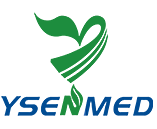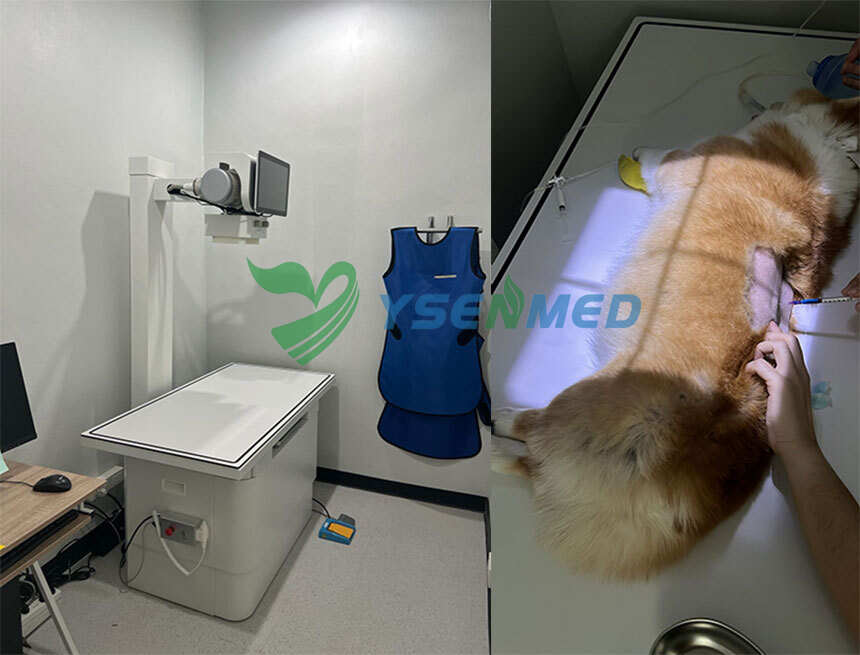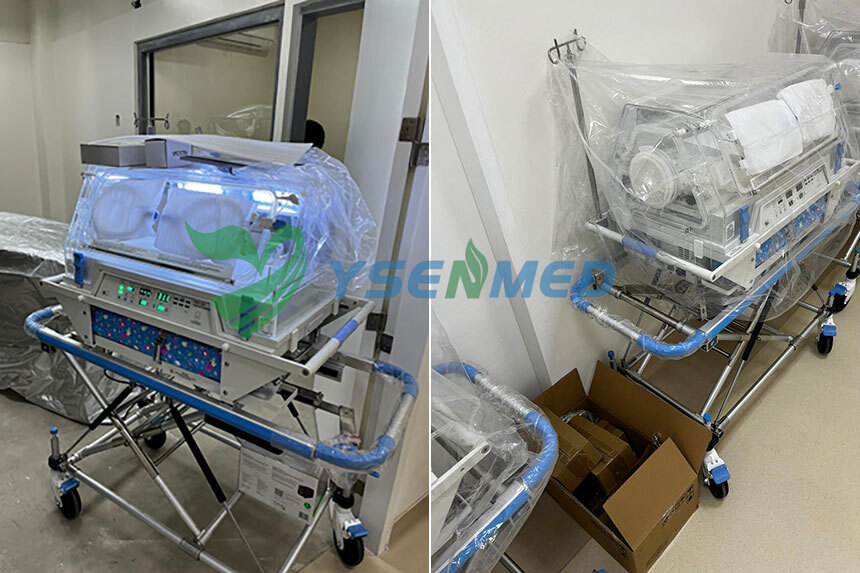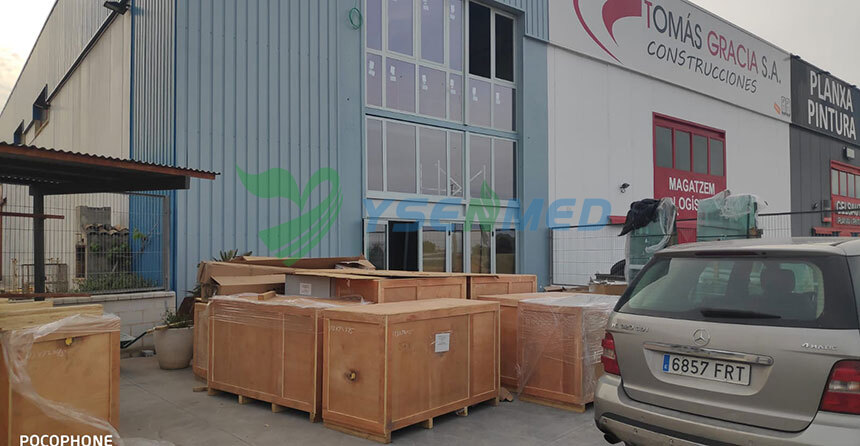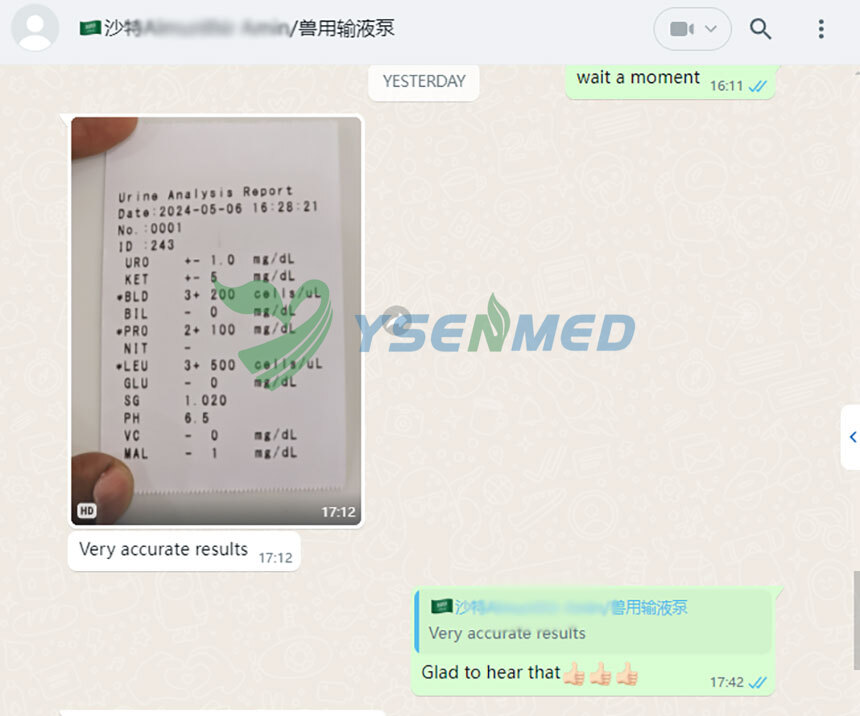Title:
Smart Solutions for Kidney Health: Exploring Automated Peritoneal Dialysis
Introduction :
Introduce the importance of kidney health and the role of dialysis in treating kidney diseases.
Provide an overview of traditional peritoneal dialysis methods.
Section 1: Understanding Kidney Health and Dialysis :
Explain the functions of the kidneys and the impact of kidney diseases.
Introduce the need for dialysis as a life-sustaining treatment.
Discuss the challenges faced by individuals with kidney diseases and the role of different dialysis modalities.
Section 2: Traditional Peritoneal Dialysis :
Detail the process of traditional peritoneal dialysis.
Discuss manual exchanges, dwell times, and the involvement of the patient or caregiver.
Highlight the benefits and limitations of traditional methods.
Section 3: Evolution of Automated Peritoneal Dialysis :
Trace the historical development of automated peritoneal dialysis.
Explore the key technological advancements that led to the introduction of APD.
Discuss how APD differs from traditional methods and the benefits it offers.
Section 4: Key Features and Technology Behind APD :
Explore the technological components of automated peritoneal dialysis machines.
Discuss features such as programmability, remote monitoring, and user-friendly interfaces.
Highlight how these features contribute to improved patient experience and outcomes.
Section 5: Advantages of Automated Peritoneal Dialysis :
Discuss the various advantages of APD over traditional methods.
Explore how APD enhances patient autonomy, quality of life, and treatment adherence.
Highlight the potential for better fluid and waste removal with automated processes.
Section 6: Patient Experience and Quality of Life :
Explore the impact of APD on the daily lives of patients.
Discuss how APD allows for greater flexibility and independence.
Share patient testimonials and real-world experiences with APD.
Section 7: Addressing Common Concerns and Misconceptions :
Acknowledge common concerns or misconceptions related to automated peritoneal dialysis.
Provide factual information to address fears or doubts.
Highlight success stories and testimonials from individuals using APD.
Section 8: Integration with Telehealth and Remote Monitoring :
Discuss how APD integrates with telehealth and remote monitoring technologies.
Explore the benefits of remote monitoring for healthcare providers and patients.
Highlight the role of telehealth in improving accessibility to kidney care.
Section 9: Industry Perspectives and Innovations :
Provide insights from healthcare professionals and industry experts on APD.
Highlight recent innovations and breakthroughs in automated peritoneal dialysis.
Discuss collaborations and partnerships driving advancements.
Section 10: Patient Education and Training :
Discuss the importance of patient education for those considering APD.
Explore the training programs offered by healthcare providers and device manufacturers.
Highlight the role of ongoing education in ensuring optimal use of APD.
Section 11: Economic Considerations and Cost-effectiveness :
Discuss the economic implications of APD compared to traditional methods.
Explore potential cost savings, including reduced hospitalization and healthcare resource utilization.
Address considerations for healthcare organizations and insurance providers.
Section 12: Regulatory Landscape and Compliance :
Explore the regulatory framework governing automated peritoneal dialysis devices.
Discuss the importance of compliance with standards and guidelines.
Highlight how regulatory adherence ensures patient safety and quality of care.
Section 13: International Perspectives on Kidney Health and APD :
Explore how automated peritoneal dialysis is utilized in different global healthcare systems.
Discuss regional variations and challenges in adopting APD.
Highlight initiatives and collaborations addressing disparities in access.
Section 14: Future Trends and Research Directions :
Discuss current trends in automated peritoneal dialysis research.
Explore potential future advancements and innovations in kidney health technology.
Highlight ongoing studies and their implications for the future of APD.
Section 15: Conclusion :
Summarize the key points discussed in the article.
Emphasize the transformative impact of automated peritoneal dialysis on kidney health.
Encourage healthcare providers and patients to explore APD as a smart solution for better outcomes.
Section 16: Case Studies and Success Stories :
Present detailed case studies showcasing successful implementation of automated peritoneal dialysis.
Discuss specific patient cases, their medical histories, and the impact of APD on their health.
Emphasize positive outcomes and improvements observed in real-world scenarios.
Section 17: Technological Innovations and Device Manufacturers :
Explore the landscape of automated peritoneal dialysis device manufacturers.
Discuss the key players in the industry and the innovative features of their devices.
Highlight how competition and innovation drive advancements in APD technology.
Section 18: Patient Advocacy and Support Groups :
Explore the role of patient advocacy groups in promoting awareness and support for APD.
Discuss the resources and assistance available to individuals considering or using APD.
Highlight the importance of a supportive community in the kidney health space.
Section 19: Lifestyle Considerations and Dietary Guidance :
Discuss lifestyle considerations for individuals undergoing automated peritoneal dialysis.
Explore dietary guidelines and nutritional considerations for APD patients.
Highlight the importance of holistic care in managing kidney health.
Section 20: Training Healthcare Professionals :
Discuss the training programs available for healthcare professionals involved in APD.
Explore the curriculum and certifications needed to specialize in the management of automated peritoneal dialysis.
Highlight the importance of a well-trained healthcare workforce in optimizing APD outcomes.
Section 21: Public Awareness Campaigns :
Discuss the significance of public awareness campaigns in educating the general population about kidney health and APD.
Explore successful campaigns and their impact on early detection and prevention.
Highlight the role of media, social platforms, and healthcare organizations in raising awareness.
Section 22: Research Contributions to Kidney Health :
Explore how research in automated peritoneal dialysis contributes to broader advancements in kidney health.
Discuss studies addressing complications, long-term outcomes, and quality of life.
Highlight the collaborative efforts of researchers and healthcare institutions in advancing kidney care.
Section 23: Global Accessibility and Challenges :
Discuss the accessibility of automated peritoneal dialysis on a global scale.
Address challenges faced by different regions in adopting APD.
Explore initiatives and partnerships working towards improving global access to kidney health solutions.
Section 24: Continuous Improvement and Feedback Mechanisms :
Discuss the importance of continuous improvement in automated peritoneal dialysis devices.
Explore feedback mechanisms employed by manufacturers to enhance device functionality.
Highlight the role of end-users in shaping the future development of APD technologies.
Section 25: Ethical Considerations in Kidney Health :
Discuss ethical considerations related to automated peritoneal dialysis, including access to treatment and equitable distribution.
Explore the ethical implications of emerging technologies and their impact on patient autonomy.
Highlight the importance of ethical frameworks in guiding healthcare decisions in kidney health.
Conclusion :
Reiterate the transformative nature of APD in improving patient outcomes.
Encourage ongoing research, innovation, and advocacy for better kidney health worldwide.
